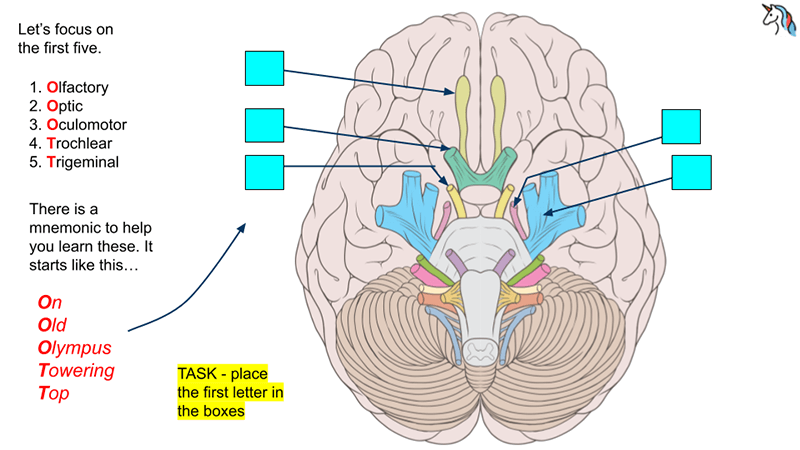Search results for: “”
-

Identifying Penguin Species with Restriction Enzymes
In this simple exercise, students simulate how restriction enzymes and gel electrophoresis can be used to identify different species of penguins.
-
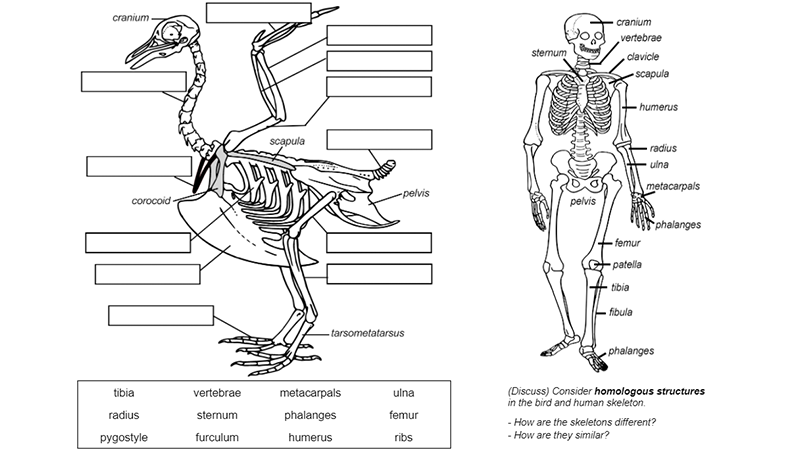
Label the Bones of a Bird and Human Skeleton
Labeling worksheet showing a bird skeleton compared to a human. Students fill in the labels using a word bank and discuss similarities to the human skeleton.
-
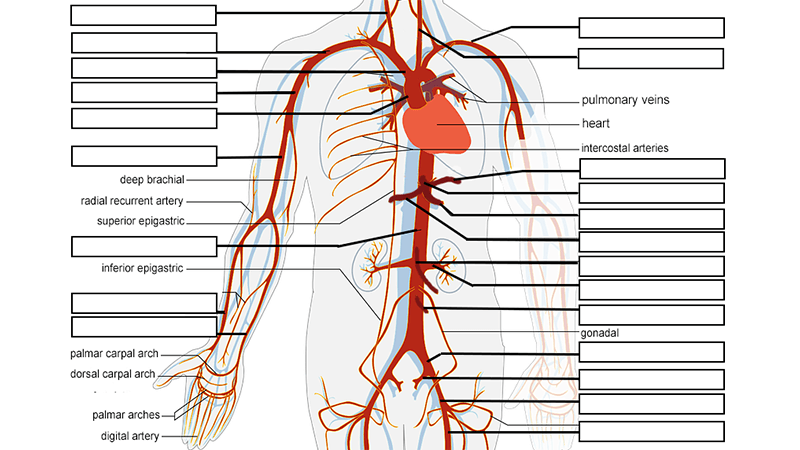
Learn the Arteries and Veins of the Circulatory System
Learn the major vessels of the body by labeling diagrams and following a lab guide. This lesson is intended for anatomy and physiology students.
-

Explore Bunny Selection and Mutations with PHET
Students explore bunny selection with this PHET interactive activity. Observe bunny populations change in response to environmental conditions and predators.
-
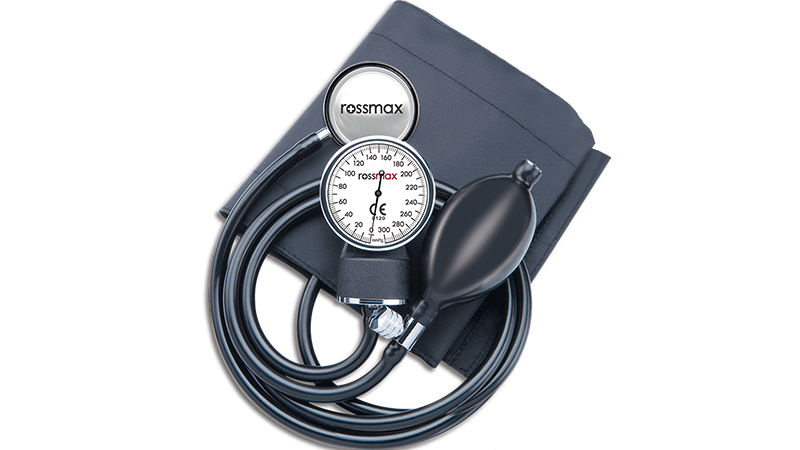
Activity: Learn How to Measure Blood Pressure
Students learn how to measure their blood pressure with a sphygmomanometer. Manual and digital devices can be used to compare measurements.
-
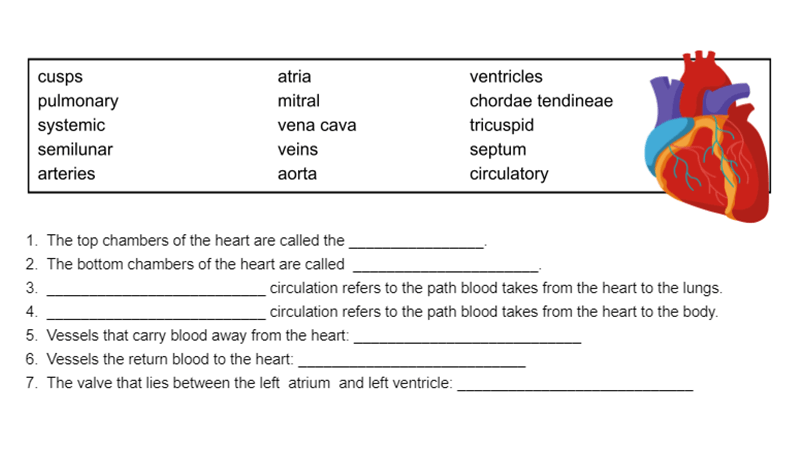
Reinforcement: Anatomy of the Human Heart
Practice worksheet on the anatomy of the heart that includes a word bank and fill-in section. Also includes a line drawing of the heart for labeling.
-
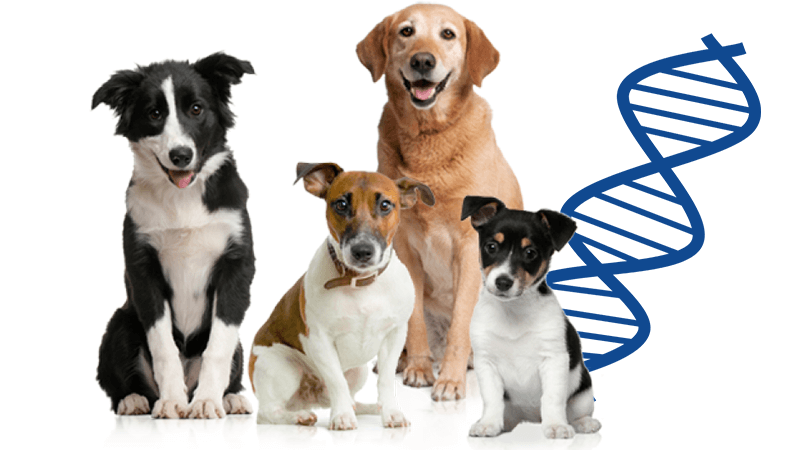
Genome Wide Association Studies in Dog Coats
Data examines single nucleotide polymorphisms (SNPs) that indicate a strong or weak correlation to coat length and texture in different dogs.
-
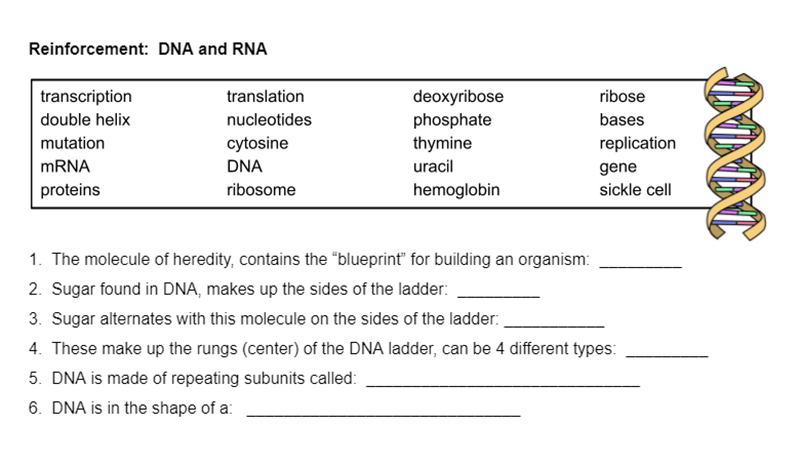
Reinforcement: DNA, RNA, and Sickle Cell
Students practice DNA and RNA by completing this simple fill-in-the-blank worksheet that focuses on vocabulary related to DNA structure and function.
-
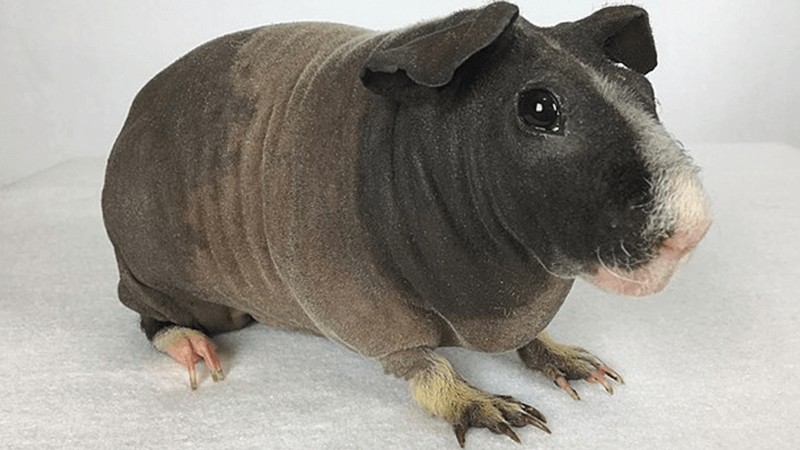
Practice Punnett Squares with Skinny Pigs
“Skinny Pig Genetics!” Hairlessness in guinea pigs is a recessive trait. Students practice Punnett squares with this simple worksheet.
-
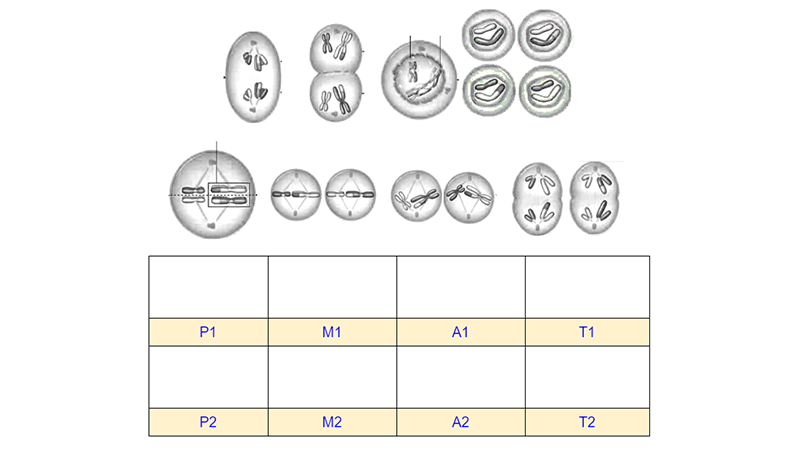
Practice Identifying the Phases of Meiosis
Practice and reinforcement of the phases of meiosis 1 and 2. Identify major events that happen in each phase and drag images into the correct position.
-

Ear Anatomy – Drag and Drop Activity
Use Google slides to label structures of the ear in this drag and drop activity. Diagram includes the tympanum, ossicles, cochlea, and other organs.
-
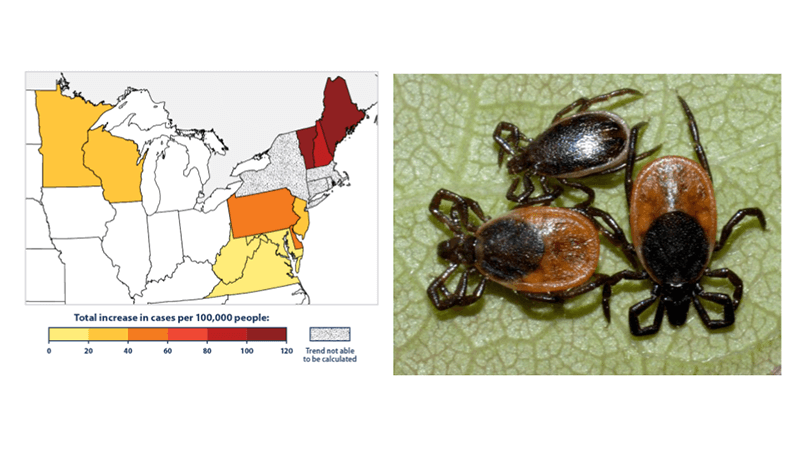
Bullseye – A Medical Case Story for Biology
A basic biology case story about ticks and Lyme disease. Learn the anatomy of a tick and how the tick transmits a bacteria that causes disease.
-
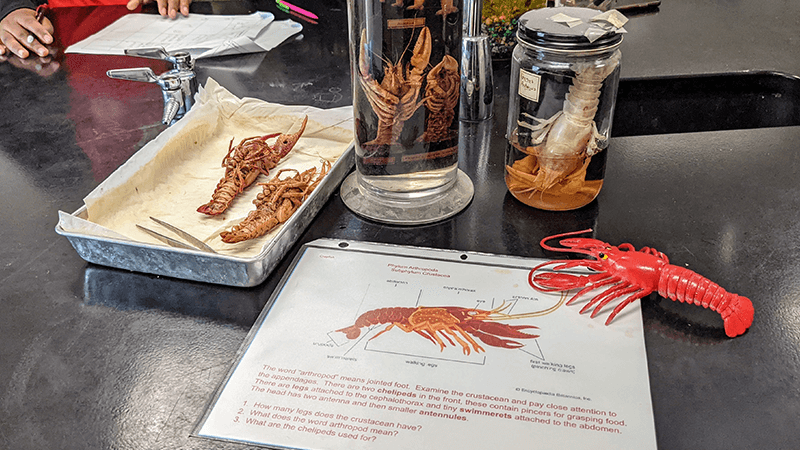
Invertebrate Diversity Lab Station Activity
Learn invertebrate diversity by setting up activity stations showcasing different phyla: Platyhelminthes, Nematoda, Porifera, Arthropoda, and Annelida.
-
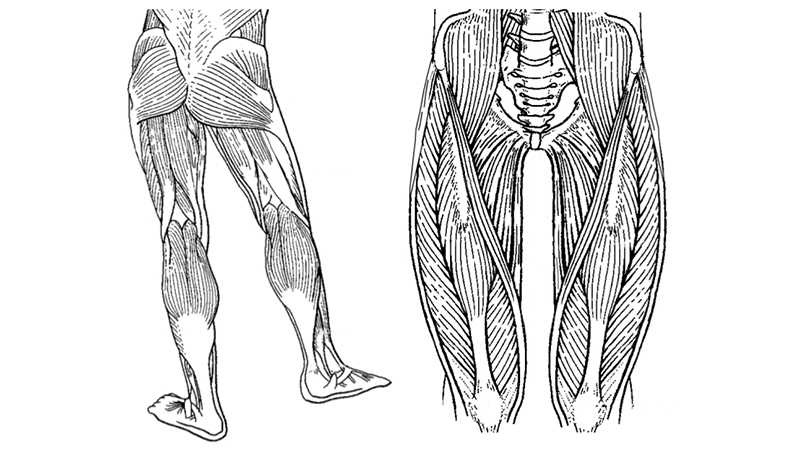
How to Teach the Muscles of the Human Body
Resources for high school anatomy students to learn the major muscles of the body; includes slides, handouts, and links to quizzes.


